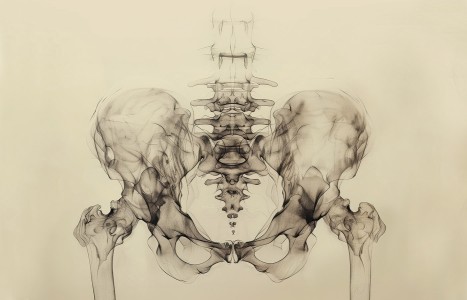People today want convenience, whether it be from their bank, credit card, favorite retail store, or restaurant. They demand it from the companies who hold their loyalty, including their health care providers (you). They don’t want to call and possibly be put on hold, and they want to use an app or schedule an appointment on your website. Here are three reasons your practice can gain by switching to online appointment scheduling.
Herbs & Botanicals
Rose (mei gui hua)
What is rose? What is it used for?
The rose is a perennial shrub found worldwide; over 100 species of rose are known to exist. Most rose species are native to Asia, although some are native to North America, Europe and northwest Africa. The typical wild rose has five petals, while cultivated roses have multiple sets of petals.
The flowers are gathered between April and June, then baked before being incorporated into herbal formulas. Although in modern times, roses are admired for their beautiful, fragrant flowers, they have a variety of medicinal and culinary uses as well.
Roses have been used in cooking and healing for thousands of years. In ancient Rome, roses were often added to meals that celebrated a great event or victory. Candied rose petals were a popular type of candy in the United States in the late 19th century; some Middle Eastern cultures include rose petals in certain types of desserts. Medicinally, rose contains a well-known volatile oil, which consists of quercitrin, tannin, and some organic acids. Rose hips are a good source of vitamin C.
 According to the principles of traditional Chinese medicine, rose has sweet, slightly bitter and warm properties, and is associated with the Liver and Spleen meridians. Its functions are to regulate qi and reduce stagnation, remove blood stagnation, nourish the skin, and improve digestion. Among the conditions rose treats are distended stomach, epigastric pain, pain caused by external injuries, and irregular menstruation.
According to the principles of traditional Chinese medicine, rose has sweet, slightly bitter and warm properties, and is associated with the Liver and Spleen meridians. Its functions are to regulate qi and reduce stagnation, remove blood stagnation, nourish the skin, and improve digestion. Among the conditions rose treats are distended stomach, epigastric pain, pain caused by external injuries, and irregular menstruation.
How much rose should I take?
The typical dose of rose is between 3 and 6 grams of dried rose hips, decocted in water for oral administration. As a food additive, rose petals can be immersed in water, dried, then added to salads or used as a garnish. Rose hips can also be added to teas.
What forms of rose are available?
Rose petals can be found primarily in flower shops and specialty stores; fresh blossoms with no signs of wilting or browning are preferred. They are usually stored in a loosely packed plastic or paper bag and kept in a refrigerator. Dried rose petals can be found at some Asian markets and herbal shops.
What can happen if I take too much rose? Are there any interactions I should be aware of? What precautions should I take?
Although rose is considered relatively safe for long-term use (it has a class 1 rating from the American Herbal Products Association), rose petals have been shown to stimulate the female reproductive system. As such, rose should not be used by women who are pregnant or breastfeeding. As of this writing, there are no known drug interactions with rose hips or petals. As always, make sure to consult with a licensed health care provider before taking rose or any other herbal remedy or dietary supplement.
References
- Blumenthal M, Busse W, Goldberg A, et al. (eds.) The Complete German Commission E Monographs. Therapeutic Guide to Herbal Medicines. Boston: Integrative Medicine Communications, 1998, pp. 196-197.
- Gruenwald J, Brendler T, Jaenicke C (eds.) PDR for Herbal Medicines. Montvale, NJ: Medical Economics Company, 2000, p. 644.
- Lee SY, Kim JD, Lee YH, et al. Influence of extract of rosa rugosa roots on lipid levels in serum and liver of rats. Life Sci 1991;49(13):947-51.
- Leung AY. Encyclopedia of Common Natural Ingredients Used in Foods, Drugs and Cosmetics. New York: John Wiley & Sons, 1980.
- McGuffin M, Hobbs C, Upton R (eds.) American Herbal Products Association's Botanical Safety Handbook. Boca Raton, FL: CRC Press, 1997, p. 99.


